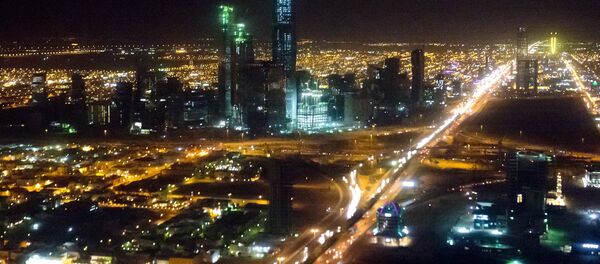The shell was discovered in early August at a hotel construction site along Kokusai-dori, the main road of the city of Naha, Okinawa Prefecture, Japan. The prefectural government, discovering that the bomb was stable, waited seven weeks to completely remove the explosive because they found that it was unlikely to explode. They spent that time informing residents and businesses of the disposal and coordinating with the bomb defusal squadrons of the Japan Ground Self-Defense Force (JGSDF).
On Saturday, September 23, Japanese authorities evacuated 2,500 people from the city and defused the bomb without incident. The JGSDF rendered the bomb inert by removing the detonation cord over the course of two hours.
Kokusai-dori is not only Naha's main street, it's a popular tourist destination that is lined with shops. As such, the city fire department blared warnings in languages like Chinese and English to keep overseas tourists out during the disposal.
The last time such a bomb was found in Naha was in 2004, when a similarly unexploded shell was uncovered during road construction. In 2016, the Japanese government reported the discovery of 612 unexploded World War II-era bombs discovered in Okinawa.
The majority of these explosives, including the one defused in Naha, were dropped during the 1945 Battle of Okinawa, the bloodiest battle from the Pacific Front of the war. Some 20,000 American soldiers, 77,00 to 110,000 Japanese soldiers and 40,000 to 150,000 Okinawan civilians were killed in the intense fighting. Over an 11-week bombing campaign, the US dropped 200,000 tons of ordnance on the island, or about 3.6 million shells of comparable size to the one found in Naha.



